DNA reveals the past and future of coral reefs
New DNA techniques are being used to understand how coral reacted to the end of the last ice age in order to better predict how they will cope with current changes to the climate. James Cook Univer

From 2005 to 2022, the main node of the ARC Centre of Excellence for Coral Reef Studies was headquartered at James Cook University in Townsville, Queensland (Australia)
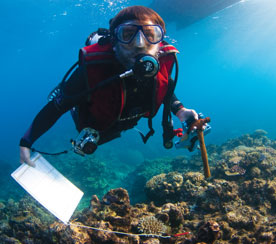
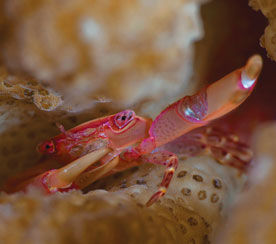
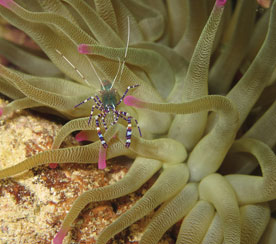
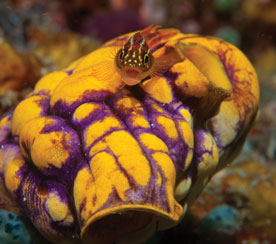

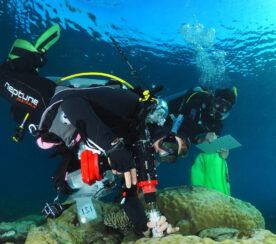
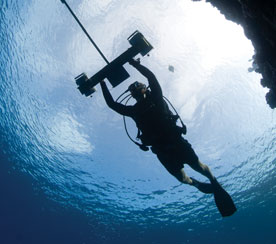
Abstract: Whole-genome sequencing of the local sponge Amphimedon queenslandica (class Demospongia) demonstrated that sponges have a limited repertoire of developmental transcription factors subfamilies in comparison to cnidarians and bilaterians. This is in line with the view that increased morphological complexity in the animal lineage correlate with developmental toolkit complexity. However, the phylum Porifera is represented by a wide variety of species with different larval and adult morphologies, and thus it was unclear whether the genome of Amphimedon represented all sponges. In this seminar, I will show you how we combined genomic, transcriptomic and in situ hybridization approaches to reconstruct a comprehensive evolutionary history of transcription factors and understand mechanisms of development using another sponge, Sycon ciliatum (representing the Calcarea). Our analyses reveal that in many cases the calcisponge developmental toolkit of transcription factors differs significantly from the one in Amphimedon. The differences between the two sponge lineages appear to be driven by a combination of independent gene loss and gene family expansions. Additionally, we used our data to identify sensory cells and investigate mechanisms of regeneration in Sycon. Results of our studies highlight the importance of sequencing the genomes of multiple sponge species and using transcriptomic data to obtain a more complete understanding of sponge development and the early evolution of animal developmental genes.
Biography: Sofia is originally from Caracas (Venezuela) where she obtained a Licenciatura in Biology (2004). During this period she participated in projects for monitoring coral, reef health and environmental microbiology. In her Honors thesis, she characterized the bacterial communities associated with the coral Montastraea faveolata affected with yellow band disease. She then moved to Bergen, Norway, and undertook a Master in marine microbiology (2006-2008), where she characterized the bacterial communities associated with the sponge Geodia barretti using molecular tools. In 2008 she started as a PhD candidate in evolutionary developmental biology at the Adamska’s group (Sars Centre of Marine Molecular Biology, Bergen, Norway), during which the group undertook the genome project for the calcareous sponge, Sycon ciliatum. Using a combination of transcriptomics, genomics and in situ hybridization, she studied the evolution of developmental transcription factors in early animals and traced sensory mechanism in calcareous sponges. She continues as a Postdoctoral Research fellow in the same group and currently works on the genome projects for three other calcareous sponges. Her future interest is to integrate ecology, molecular genetics tools and developmental biology approaches to study the effect of environmental stressors on the life cycles, and the mechanisms of regeneration, in marine invertebrates.
New DNA techniques are being used to understand how coral reacted to the end of the last ice age in order to better predict how they will cope with current changes to the climate. James Cook Univer
A new study on the effects of climate change in five tropical countries has found fisheries are in more trouble than agriculture, and poor people are in the most danger. Distinguished Profess
James Cook University researchers have found brightly coloured fish are becoming increasingly rare as coral declines, with the phenomenon likely to get worse in the future. Christopher Hemingson, a
Researchers working with stakeholders in the Great Barrier Reef region have come up with ideas on how groups responsible for looking after the reef can operate more effectively when the next bleaching
Abstract: As marine species adapt to climate change, their heat tolerance will likely be under strong selection. Individual variation in heat tolerance and its heritability underpin the potential fo
Abstract: The Reef Ecology Lab in KAUST’s Red Sea Research Center explores many aspects of movement ecology of marine organisms, ranging from adult migrations to intergenerational larval dispersal
Abstract: Macroalgal meadows are a prominent, yet often maligned component of the tropical seascape. Our work at Ningaloo reef in WA demonstrate that canopy forming macroalgae provide habitat for ad
Abstract: Sharks are generally perceived as strong and fearsome animals. With fossils dating back at least 420 million years, sharks are not only majestic top predators but they also outlived dinosa
Abstract: Connectivity plays a vital role in many ecosystems through its effects on fundamental ecological and evolutionary processes. Its consequences for populations and metapopulations have been
Abstract: Evolution of many eukaryotic organisms is affected by interactions with microbes. Microbial symbioses can ultimately reflect host’s diet, habitat range, and even body shape. However, how
Abstract: The past few years have seen unprecedented coral bleaching and mortality on the Great Barrier Reef (GBR) but the consequences of this on biodiversity are not yet known. This talk will expl